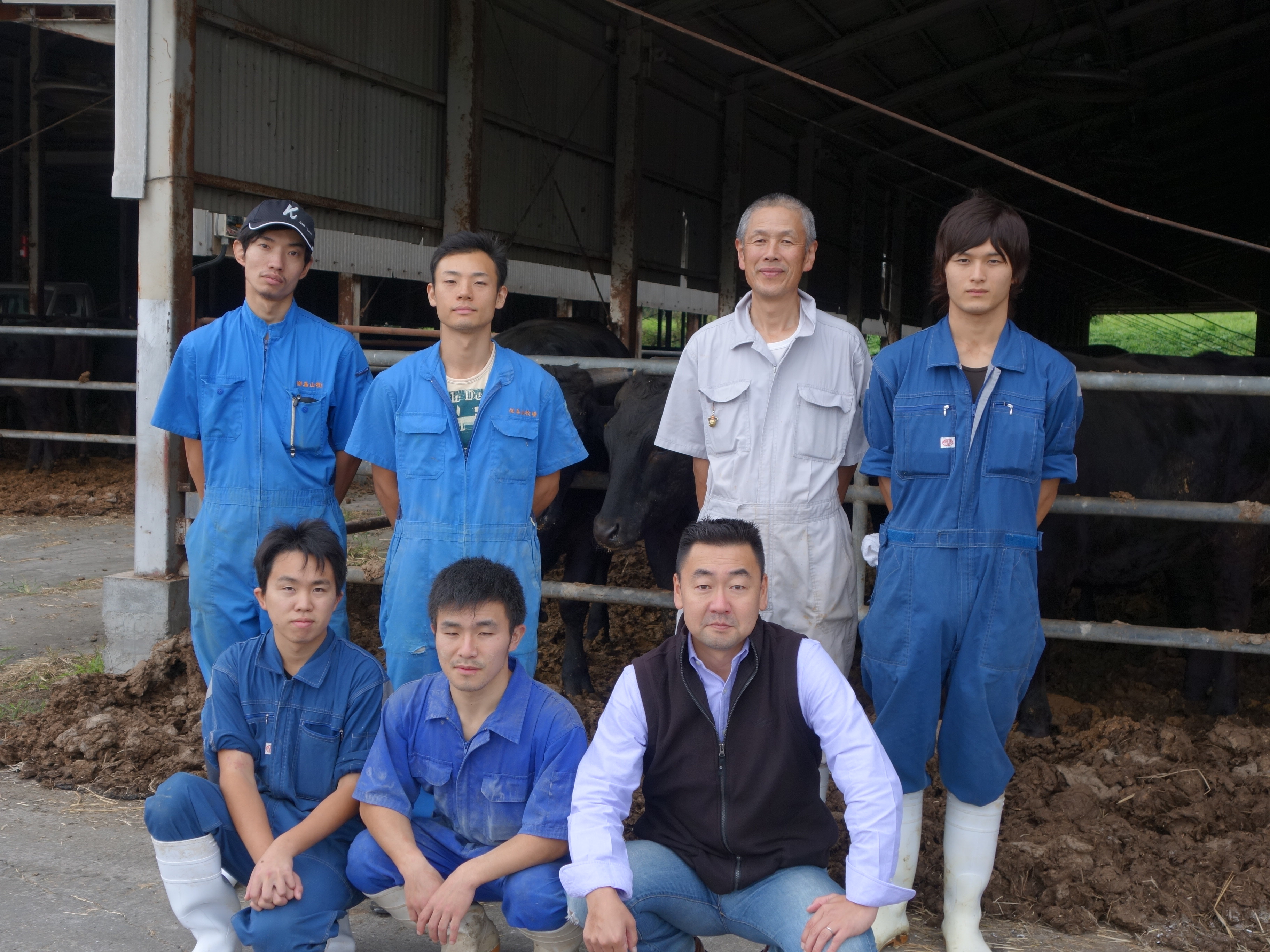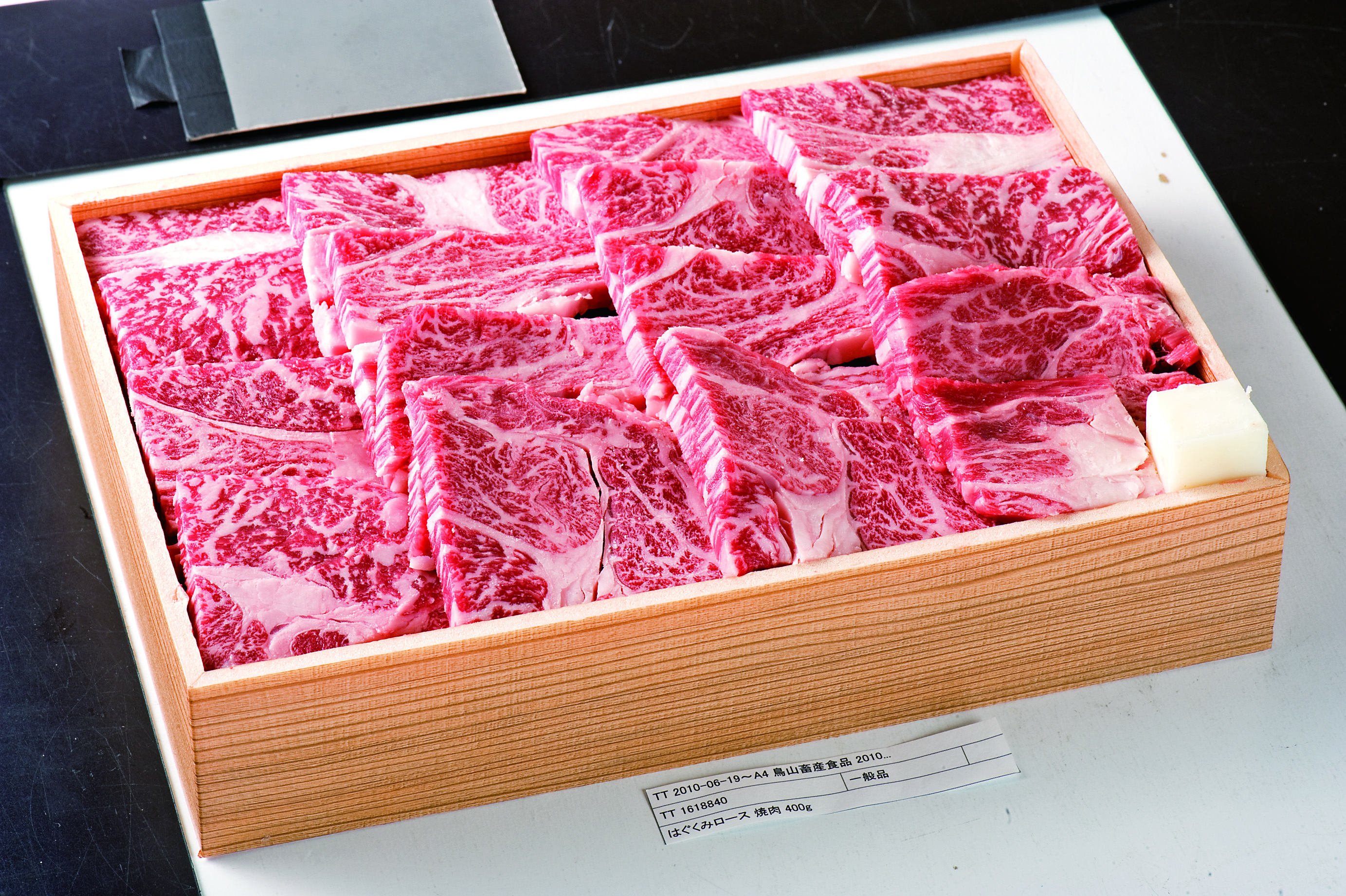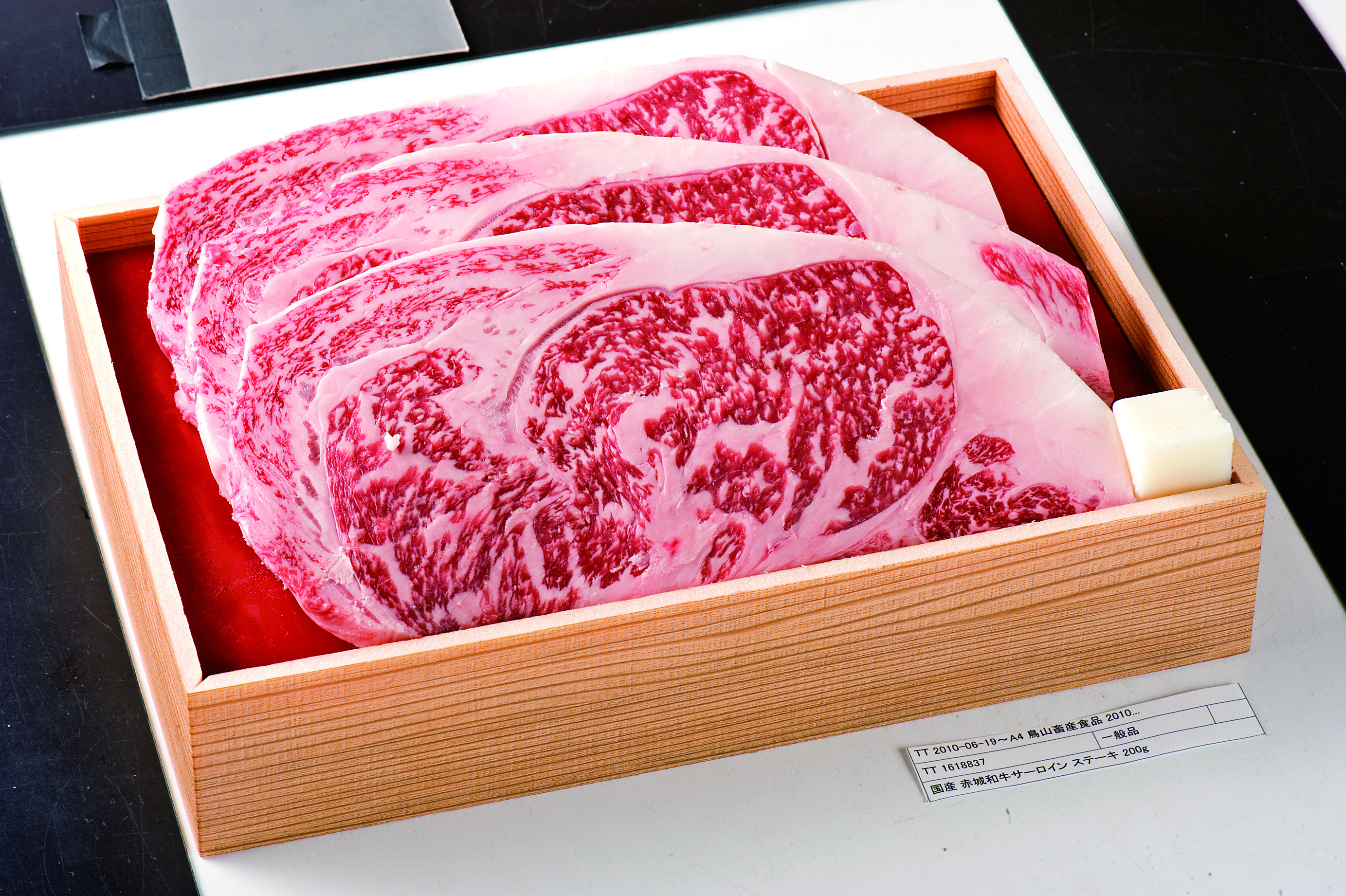Everything about Toriyama Japanese Wagyu - 1st Mar 2016
The Toriyama Company was founded in 1948. Mr. Makoto Toriyama developed Toriyama company’s new corporate strategy to differentiate itself from the rest of the wagyu producers and marketers in Japan by establishing the “New Umami Standard” (NUS) for wagyu meat to complement Beef Marbling Standard (BMS). In Japan, the price of the meat is solely determined by the level of BMS. The more beautiful the marbling, the higher the price, and the price is unrelated to the actual taste of the meat. Makoto and Wataru developed two methods to analyse the taste of the meat.

Makoto Toriyama in the farm
The first method is to measure the level of oleic acid in the fat and amino acid in the red meat. The former represents the quality of fat.The higher the percentage of the oleic acid in the total fat, the faster the resolution speed of the fat , thereby contributing to the light and juicy flavour of the fat. On the other hand, amino acid represents the taste of the red meat. The higher the amount of amino acids , the more wagyu-like profound flavour the meat has. Their endeavours to establish the “New Umami Standard” (NUS) has developed into a collaborative research activities with Mr. Suzuki, commonly known as “Dr. Umami” in Japan. Mr. Suzuki, the CEO of the venture business called AISSY supported by Keio University (one of the most prestigious universities in Japan), developed a device to measure the level of umami in the meat by analysing four flavours, namely, sweetness, saltiness, acidity, and bitterness. The Toriyama Company applied Mr. Suzuki’s methodology to find the strongest umami level in wagyu meat and then using its genes to produce more cattle of high umami scores. This has proven to be a unique selling proposition for Toriyama wagyu.
 |  |
| Toriyama Japanese Wagyu Ribeye | Toriyama Japanese Wagyu Sirloin |

Wataru Toriyama
Available for purchase only in-store at 22 Dempsey Road.
Watch Toriyama Umami Japanese Wagyu video here
Get the recommended cooking methods to the different cuts here (Taken from the Ministry of Agriculture, Forestry and Fisheries, Japan)
Wine and Dine, March 2016, Measuring according to his taste, pg 26
Get the recipe to traditional Japanese sukiyaki here
Get the recipes to various Japanese sauces here
